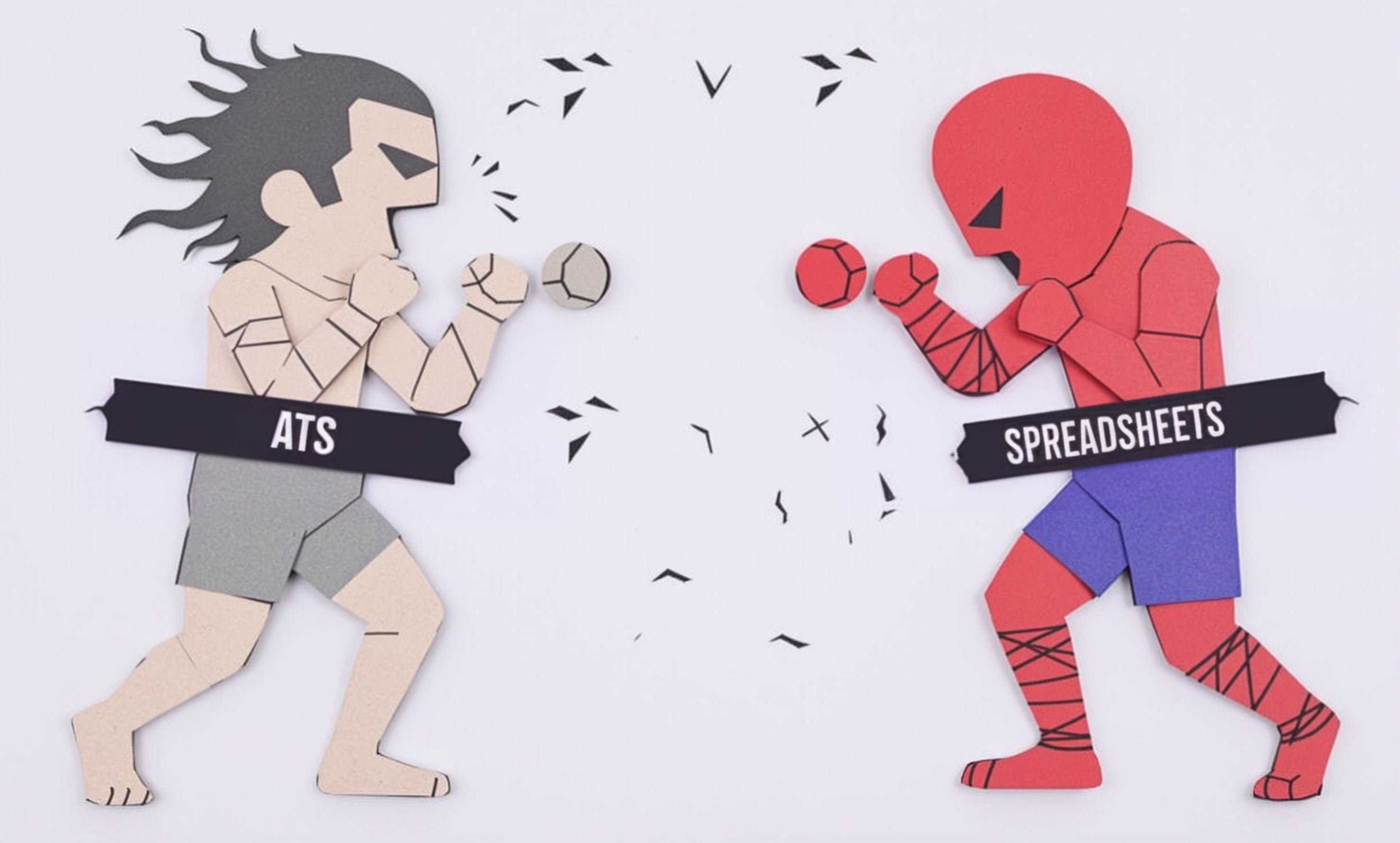
Double Spread
A Double Spread is a storytelling layout in comic books and graphic novels where artwork spans across two facing pages, creating one large unified image or scene. It's like opening a book and seeing one big picture across both pages instead of separate pages. Artists use this technique to create dramatic impact or show large-scale scenes. When someone mentions this in their resume, they're showing they can handle complex layouts and understand how to create visual impact in comic book storytelling.
Examples in Resumes
Created impactful battle scenes using Double Spread layouts for superhero comics
Designed 15 Double Spread scenes for a fantasy graphic novel series
Managed layout and composition of Double Page Spread and Double-Page Spread artwork for monthly comic publications
Typical job title: "Comic Book Artists"
Also try searching for:
Where to Find Comic Book Artists
Online Communities
Events & Conferences
Professional Networks
Example Interview Questions
Senior Level Questions
Q: How do you decide when a scene warrants a double spread layout?
Expected Answer: A senior artist should explain how they evaluate story moments for maximum impact, consider pacing, production costs, and how the spread will affect the overall reading experience of the comic.
Q: How do you handle the technical challenges of double spreads in digital and print formats?
Expected Answer: Should discuss considerations like the center fold, ensuring important elements aren't lost in the binding, and how to make the spread work both in print and digital formats.
Mid Level Questions
Q: What elements do you consider when composing a double spread?
Expected Answer: Should discuss storytelling flow, visual hierarchy, how to guide the reader's eye across both pages, and maintaining readability while creating visual impact.
Q: How do you ensure your double spread works with the story's pacing?
Expected Answer: Should explain how they balance dramatic impact with storytelling needs, and how they ensure the spread doesn't disrupt the overall reading rhythm.
Junior Level Questions
Q: What's the difference between a regular page and a double spread?
Expected Answer: Should explain that a double spread uses two facing pages as one canvas, creating a larger image for more impact, versus single-page storytelling.
Q: How do you plan the layout for a double spread?
Expected Answer: Should demonstrate understanding of basic thumbnail sketching, consideration of the center fold, and how to create a rough layout that works across two pages.
Experience Level Indicators
Junior (0-2 years)
- Basic page layout understanding
- Simple double spread compositions
- Understanding of panel flow
- Basic digital or traditional art skills
Mid (2-5 years)
- Complex spread layouts
- Advanced composition skills
- Understanding of print requirements
- Effective storytelling through spreads
Senior (5+ years)
- Master-level spread composition
- Advanced visual storytelling
- Print and digital optimization
- Team leadership and art direction
Red Flags to Watch For
- Unable to show examples of layout work
- No understanding of print production basics
- Lack of sequential storytelling skills
- No knowledge of industry standard software
- Poor understanding of page composition
Related Terms
Need more hiring wisdom? Check these out...

Why Your Hiring Spreadsheets Are Secretly Sabotaging Your Recruitment

Triple Your Talent Pool Overnight: The Untapped Power of Employee Referrals

Beyond Spreadsheets: Why Executive Dashboards in ATS Systems Are Your Secret Hiring Weapon

